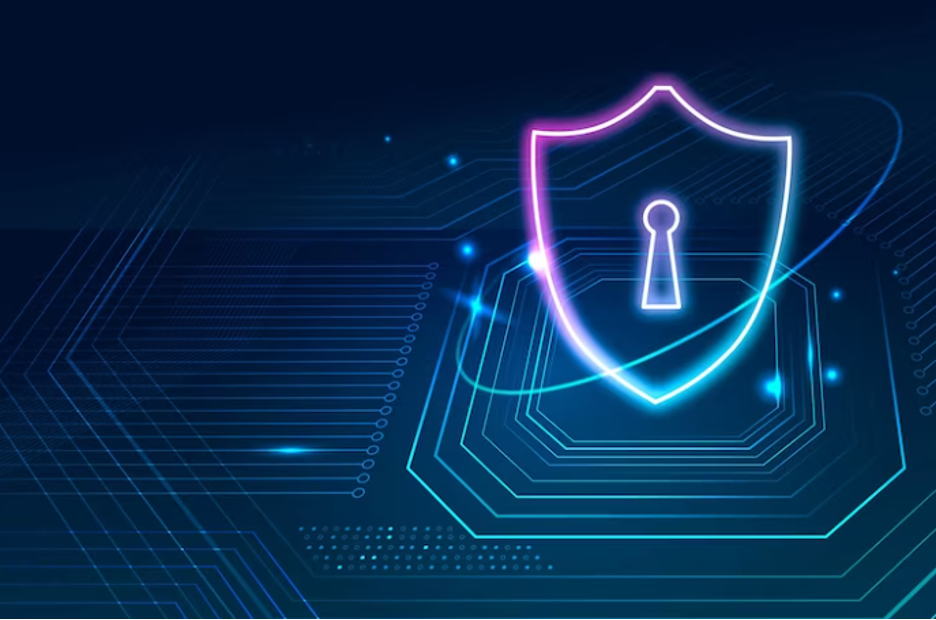As more and more organizations shift to remote and hybrid work models, it is increasingly important to ensure your team’s cybersecurity is not compromised. Cybersecurity is an ever-evolving discipline, and staying on top of the latest best practices can be somewhat difficult.
But don’t worry. We are here to make it easy for you. In this article, we’ll be exploring 4 essential tips for enhancing the cybersecurity of both your remote and hybrid teams. From setting up secure communication protocols to utilizing two-factor authentication, we’ll walk you through the best approaches to ensure your teams and their data are as secure as possible.
1. Use Antivirus and Security Software
Using antivirus and security software will help you find largest files and delete them from your system to protect it from malware and other threats.
There are a lot of different security products on the market, so it’s important to choose one that’s right for your organizational needs and the needs of your team. Make sure to opt for an antivirus program that provides multiple layers of protection and auto-updates itself regularly to fight new and stronger threats put forward by malicious software and hackers.
Once you have solid security and antivirus software in place, the next step is to train your employees on how to use it properly. It will enable them to spot threats and what to do if they encounter a security issue.
2. Use a Virtual Private Network (VPN)
A VPN is a great way to increase cybersecurity for your remote teams. It provides an extra layer of security by encrypting all data sent between your devices and over the internet so that even if someone intercepts it, they won’t be able to read or hack it.
VPNs can also help protect you against malicious sites or softwares that could be used to monitor your activities online. Using a VPN is easy, even for teams that are not quite tech-oriented. All you need to do is install the browser extension or software on each device and ensure they are connected to the same secure server.
This way, you can make sure that everyone is always connected securely to the corporate network and that their data is kept safe from unauthorized access or interception.
3. Don’t Use Public Wi-Fi
Public Wi-Fi networks are one of the most common ways hackers can access your data. When you’re accessing the internet in a public place, you may not know who’s listening in and intercepting your information.
So, the best way to stay away from public Wi-Fi and use your mobile data instead. However, if you must use public Wi-Fi, make sure you are using a VPN, as mentioned above.
4. Use Strong Passwords and Two-Factor Authentication
Strong passwords are complex combinations of characters, numbers, and symbols that cannot easily be hacked or guessed. It is also important to encourage your team members to use unique passwords for each account they use for work or personal purposes.
Two-factor authentication, on the other hand, provides even better security and privacy that requires users to provide additional verification when logging in to a system such as a project management tool. This can be your phone number, a personal question, or verification by SMS. This approach will provide an additional layer of security that can help prevent unauthorized access to your system.

